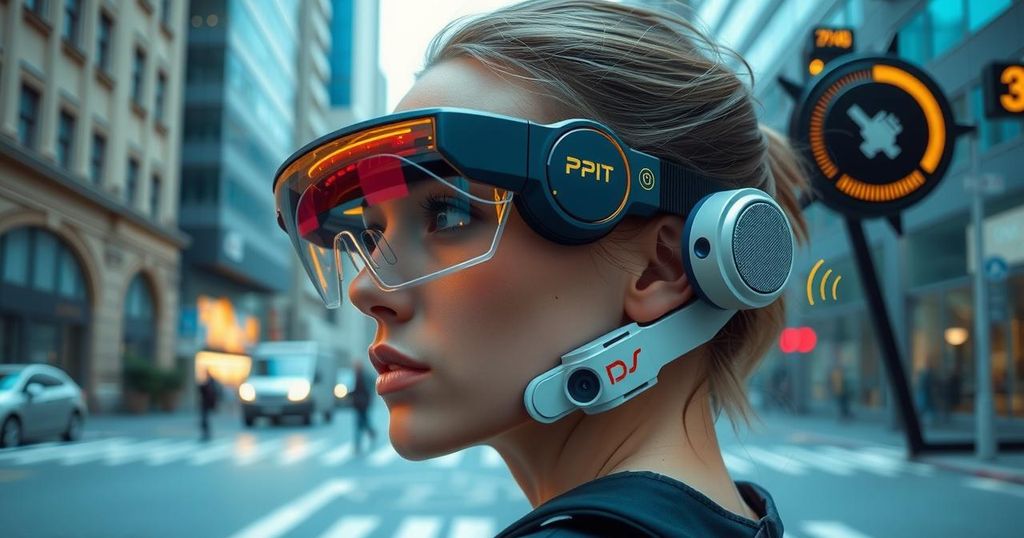AI
Tech
ARTIFICIAL INTELLIGENCE, ASIA, BOT, BOTOND ROSKA, CHINA, EUROPE, INNOVATION, INSTITUTE OF MOLECULAR AND CLINICAL OPHTHALMOLOGY, INSTITUTE OF MOLECULAR AND CLINICAL OPHTHALMOLOGY BASEL, JIAO TONG UNIVERSITY, LEI, LEILEI GU, MARKETING, MEXICO, NATURE MACHINE INTELLIGENCE, NORTH AMERICA, ROSKA, SHANGHAI JIAO TONG UNIVERSITY, SOFTWARE DEVELOPMENT, SWITZERLAND, TECHNOLOGY
Liam Kavanagh
0 Comments
AI-Enhanced Navigation System for the Visually Impaired: A New Frontier
A groundbreaking wearable system utilizing machine learning aids visually impaired users in navigating their environment through real-time feedback, showing a 25% improvement in navigation speed over traditional cane usage. This technology integrates cameras, audio cues, and vibration alerts for obstacle detection, with successful trials indicating its practical application in real-world settings.
A revolutionary wearable system uses machine learning to enhance navigation for visually impaired individuals, surpassing traditional tools like canes. By integrating cameras with audio and vibration feedback, the device offers real-time environmental data, helping users safely maneuver obstacles. During tests involving 20 participants with vision impairments, users improved their walking distances and navigation speeds by 25% in a controlled maze setup.
Co-author Leilei Gu, an AI researcher from Shanghai Jiao Tong University, emphasizes the potential of the technology, noting, “This system can partially replace the eyes”. However, while it holds promise, Gu mentions the importance of refining the prototype for optimal reliability and user safety.
The innovative setup includes glasses with a built-in camera that relays live images of the surroundings, using advanced algorithms to identify nearby objects and people. Users receive auditory cues every 250 milliseconds through earphones, directing them toward obstacles. Additionally, wearable patches on the wrist and fingers vibrate to alert users of nearby obstacles and when to grasp items.
Researchers believe these smart technologies could significantly benefit those navigating busy urban landscapes, as they provide a broader range of awareness compared to conventional canes, which only sense immediate surroundings. In trials, participants showed impressive adaptation, matching their speeds using the device to those when using a cane.
Follow-up research included real-world scenarios with eight testers, affirming technology’s efficacy in navigating city streets and crowded spaces, affirming the methodology’s practicality.
This AI-driven wearable system for visually impaired individuals represents a significant advancement in navigation technology. With its potential to replace traditional canes, it enhances confidence and mobility for users. Ongoing research aims to refine the technology for safety and effectiveness, promising a brighter path for those navigating a world designed for the sighted.
Original Source: www.nature.com




Post Comment